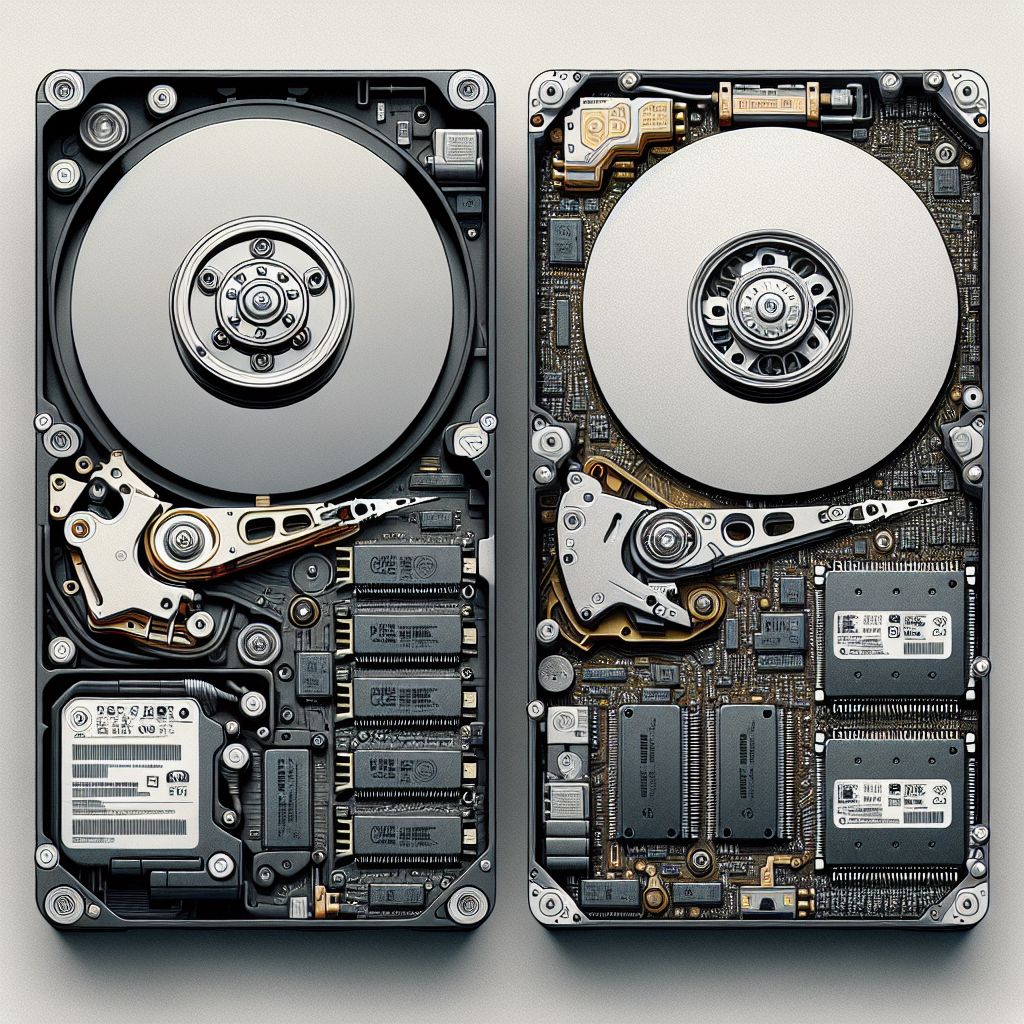In today’s digital age, businesses are constantly generating and accumulating vast amounts of data. From customer information to financial records, the need for secure and accessible storage solutions has never been more crucial. This is where cloud storage comes in.
Cloud storage is a service that allows businesses to store and access their data on remote servers, rather than on a local hard drive or server. This means that businesses can access their data from anywhere, at any time, as long as they have an internet connection. But what are the benefits of cloud storage for businesses?
1. Cost-effective: One of the main advantages of cloud storage is its cost-effectiveness. With cloud storage, businesses no longer have to invest in expensive hardware and software to store and manage their data. Instead, they can simply pay a monthly fee for the storage space they need, making it a more affordable option for businesses of all sizes.
2. Scalability: Cloud storage is highly scalable, meaning businesses can easily increase or decrease their storage capacity as needed. This flexibility allows businesses to adapt to changing storage requirements without the need for costly upgrades or infrastructure changes.
3. Accessibility: Cloud storage allows businesses to access their data from anywhere, at any time. This level of accessibility is particularly beneficial for businesses with remote or distributed teams, as it allows employees to collaborate on projects and access important files from any location.
4. Security: Cloud storage providers invest heavily in security measures to protect their customers’ data. This includes encryption, firewalls, and regular security audits to ensure data is safe from cyber threats. This level of security provides businesses with peace of mind knowing that their data is protected.
5. Disaster recovery: In the event of a natural disaster, hardware failure, or cyberattack, businesses risk losing valuable data stored on local servers. With cloud storage, data is backed up on remote servers, ensuring that businesses can quickly recover and restore their data in the event of a disaster.
6. Collaboration: Cloud storage makes it easy for teams to collaborate on projects in real-time. Employees can share files, edit documents, and communicate seamlessly, regardless of their location. This level of collaboration can improve productivity and efficiency within the organization.
In conclusion, cloud storage offers a wide range of benefits for businesses, including cost-effectiveness, scalability, accessibility, security, disaster recovery, and collaboration. By leveraging cloud storage solutions, businesses can streamline their data management processes, enhance productivity, and ensure the security and accessibility of their valuable data. It’s clear that cloud storage is a valuable tool for businesses looking to stay competitive in today’s digital landscape.










